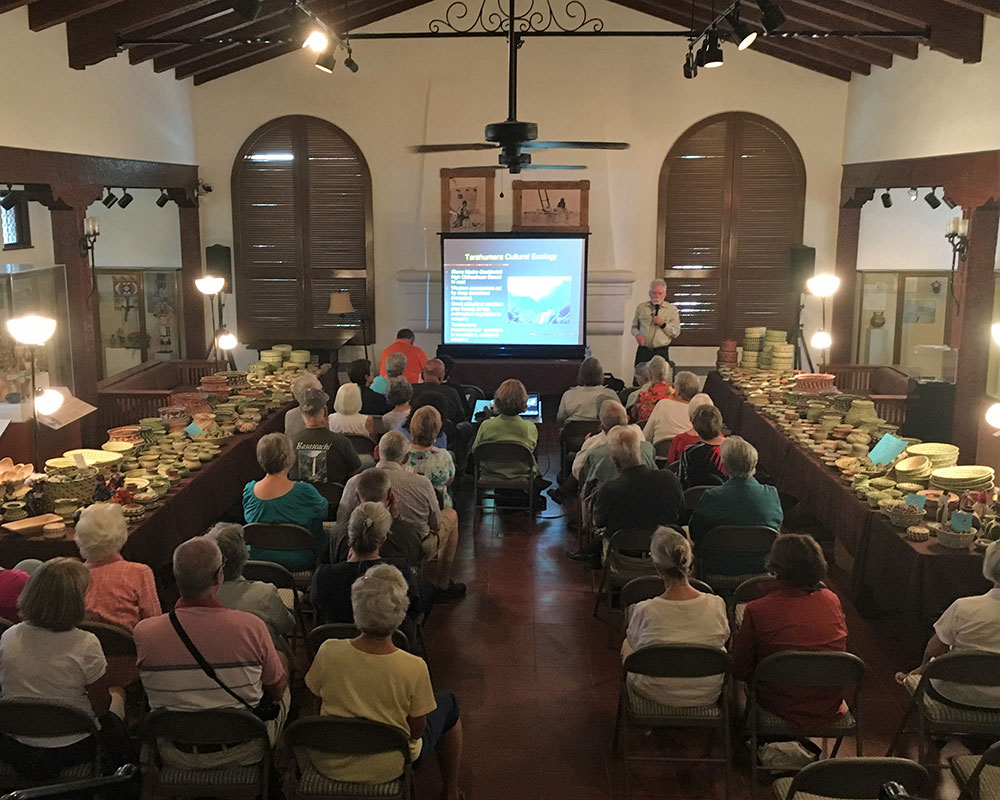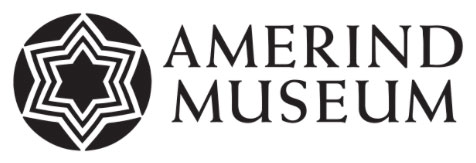Embedded Symmetries: Natural and Cultural
April 13-17, 2000

Seminar Participants
- Brenda Bowser, Washington State University
- Roderick Ewins, Center for the Arts, University of Tasmania
- Ed Franquemont, Andean Institute, Berkeley
- Allan Hanson, University of Kansas
- Diane Humphrey, King’s College, London, Ontario, Canada
- Michael Kubovy, University of Virginia
- Anne Paul, Centre National de la Recherche Scientifique, Paris
- Peter Roe, University of Delaware
- Dorothy Washburn, Maryland Institute, College of Art
- Thomas Wynn, University of Colorado
Seminar Abstract
This seminar explored the ways in which the property of symmetry is recognized and used by human cultures. Participants based their understanding of the human uses of symmetry by first establishing what is known about symmetry recognition by the human perceptual system and the adaptive roles it may have played in the evolution of the several human sensory systems. The variety of cultural responses to symmetries in the natural world, as well as the ways human cultures use the concept of symmetry to structure their lives was then examined. Participants especially noted the means by which symmetry is fundamental to symbol making—the uniquely human communicative vehicle that visually, and incidentally beautifully, remarks on cultural order.
